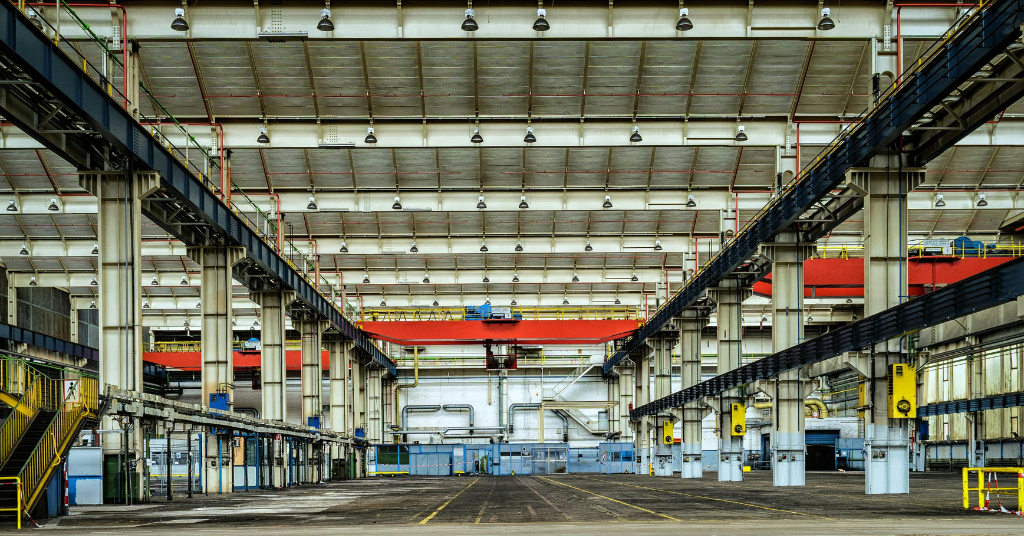In our education series titled ‘Understanding the Proposals of the EU’s ‘Fit for 55’ Package,’ we’ve outlined what is included in the methane emission regulations proposal. In this article, we discuss the most recent changes to the legislative plan.
What is methane?
Methane is an odorless and colorless gas that’s highly flammable. On the one hand, compressed natural gas (CNG, a.k.a. ‘biogas’) is a valuable energy source, having many uses from cooking to manufacturing bricks or certain plastics as well as to drying cereals and fruits or generating electricity. On the other hand, its uncontrolled release into the atmosphere can have a significant environmental impact because methane is 25x more potent than carbon dioxide. It means 1 kg of methane emission equals 25kg of CO2 emission.
Natural sources of methane include the decomposition of organic matter, for example, in wetlands and landfills or the digestive processes of ruminants (e.g., cattle, sheep, goats, etc.).
Methane is also produced through human activities, like the extraction of natural gas, coal mining, and burning fossil fuels. Another critical factor is shipment, where leaking pipes may cause natural disasters and can go undetected.
Latest developments on the legislative proposal
On 9 May, the European Parliament (EP) voted on a new law, the first piece of EU legislation, that helps reduce methane emissions from the energy sector: oil, fossil gas, and coal sectors (as well as biomethane once it is injected into the gas network), but the EP plans to extend the law soon already, so the petrochemicals sector would also be included.
From 2026, importers of coal, oil, and gas will have to demonstrate that the fossil energy they bring to the EU also meets the requirements in the regulation above (imports from countries with similar requirements for methane emissions will be exempted). This step is significant because 80% of the oil and gas used in the European Union is imported.
Helping to eliminate over 0.2˚C warming by 2050, the EU signed up to the Global Methane Pledge, promising to reduce global methane emissions by at least 30% from 2020 by 2030.
To make sure the EU reaches its climate goals and improves air quality, the EP urges the European Commission to propose a binding 2030 reduction target for methane emissions for all relevant sectors by the end of 2025 and all member states to set national reduction targets as part of their integrated national energy and climate plans.
No more long leaks?
Operators working with methane will be obliged to submit a methane leak detection and repair program to the relevant national authorities within six months, but members of the EP demand more frequent leak detection and repair surveys compared to what the Commission proposed. MEPs want to strengthen the obligations to repair leaks; according to the plans, operators must fix or replace all leaking components immediately after discovering the leakage but by five days.
Sources and references:
European Council – Council of the European Union (Consilium): Fit for 55
European Council – Council of the European Union (Consilium): Member States agree on new rules to slash methane emissions
European Parilament: Fit for 55: MEPs boost methane emission reductions from the energy sector
Global Methane Pledge: Fast action on methane to keep a 1.5 C future within reach




